Certainly, a week is a short time to visit the various corners of Iceland. It will nevertheless provide a good overview of the different regions of the island. From its dynamic capital Reykjavík to the eastern fjords, through a multitude of lakes and waterfalls, not to mention its towns and villages with their unique heritage, a stay in Viking territory is not to be missed.
Day 1: Reykjavík
Day 2: Landmannalaugar
Day 3: From the Seljalandsfoss Falls to Kirkjubaejarklaustur
Day 4: Skaftafell Park
Day 5: From Lake Jökulsarlón to the eastern fjords
Day 6: From Lake Myvatn to Godafoss Falls
Day 7: Húsafell
Day 8: Return to Reykjavik by Blue Lagoon
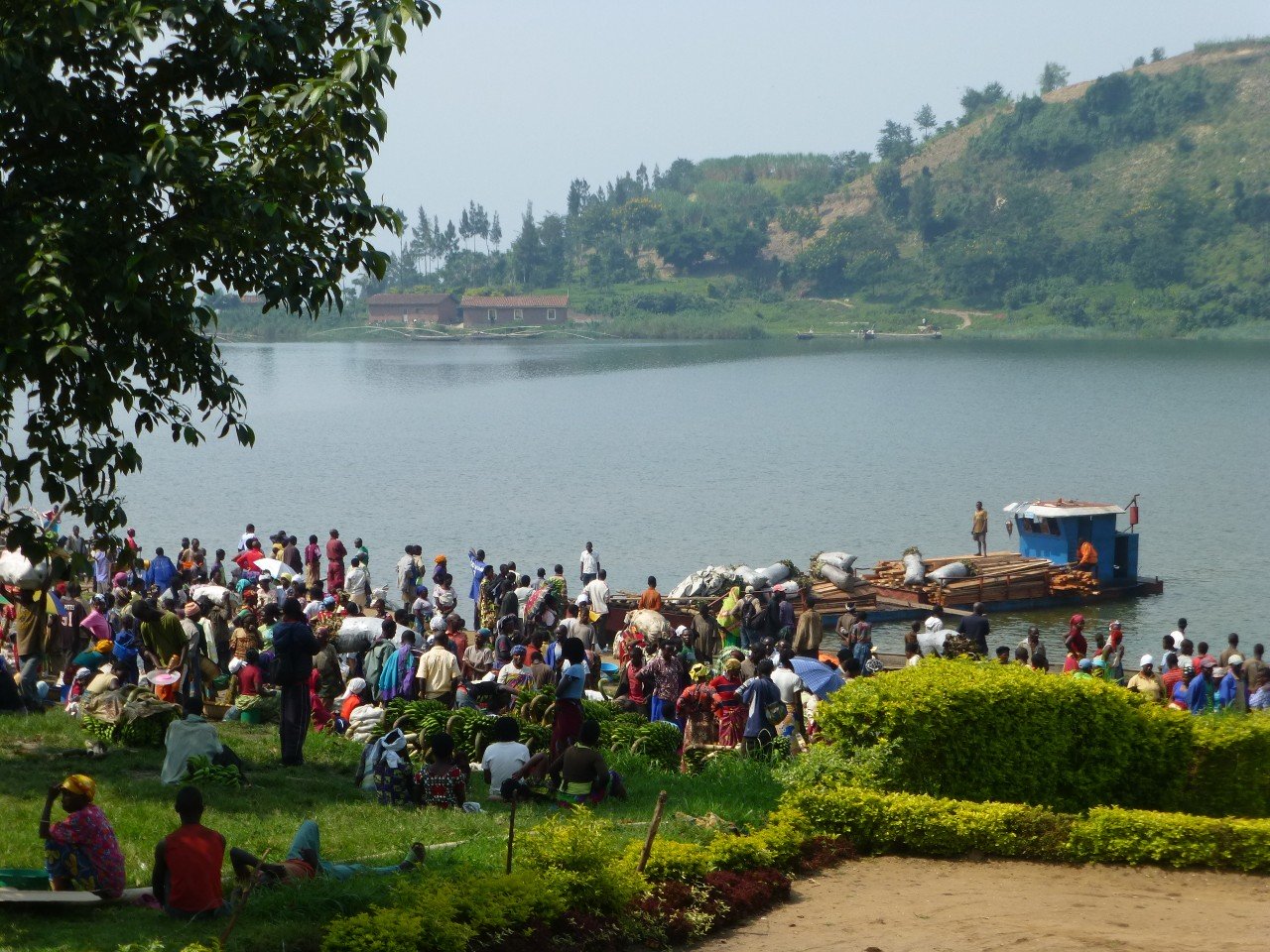 ©François JANNE DOTHEE
©François JANNE DOTHEE
The capital of Iceland, Reykjavík is an essential gateway, embellished by its old town and its old port with its typical charm. Further north are Þingvellir National Park and the Geysir geothermal area where Strokkur, the island's most famous geyser, emerges. In good weather, not far from this place, Gullfoss Falls is adorned with a bright rainbow. Night in Selfoss.
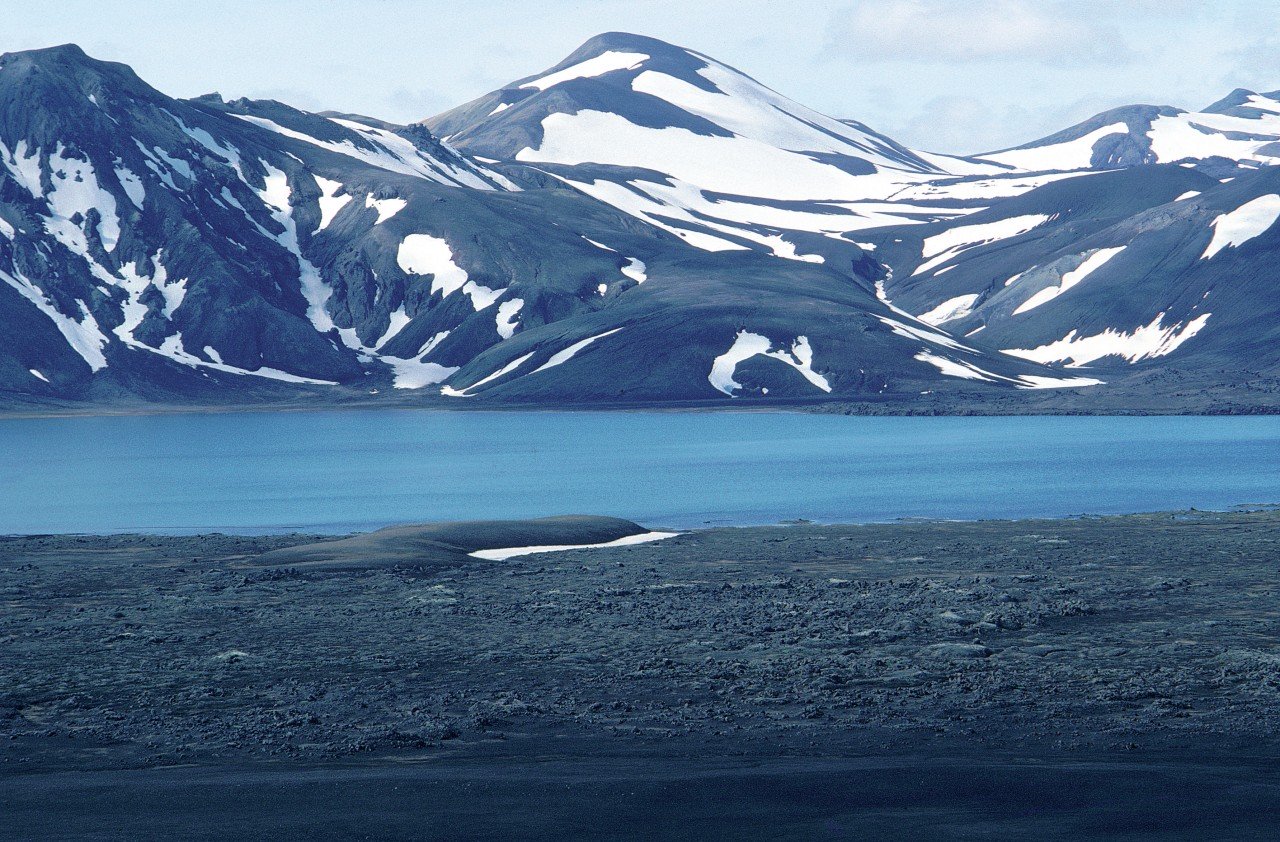 ©Thierry Lauzun - Iconotec
©Thierry Lauzun - Iconotec
The Terres lands, renowned for their sumptuous colours, are the ideal starting point for many walks. Two roads lead to the F 208 by the south and F 225 by the West. The latter, which crosses rivers far less dependent on glaciers and therefore less dangerous, leads to the hot springs of the Landmannalaugar and then crosses the F 208 along the superb Ófaerufoss Falls. Night in Hella.
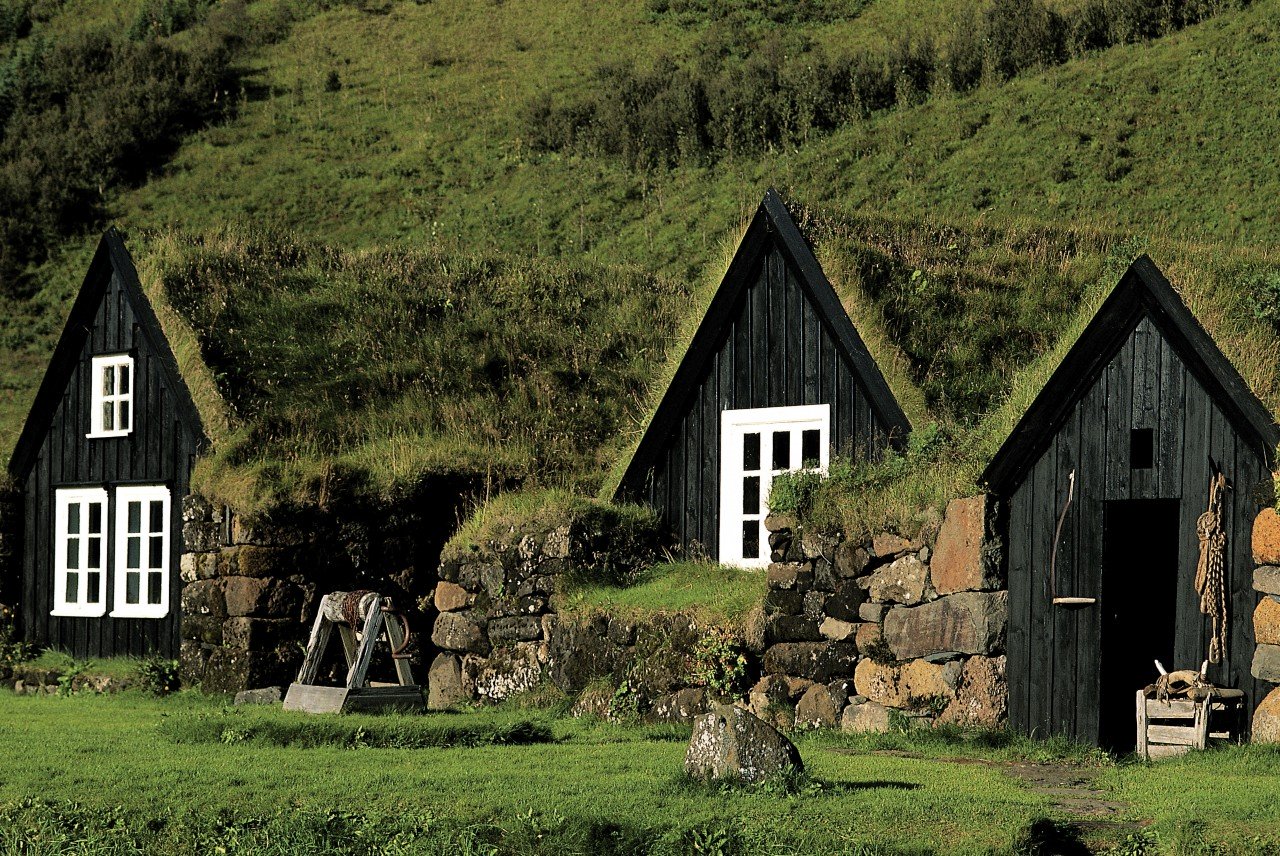 ©Hugo Canabi - Iconotec
©Hugo Canabi - Iconotec
The Seljalandsfoss waterfall offers its visitors a unique experience thanks to a small path that allows them to walk behind its curtain. Another magnificent and well known waterfall, Skogar Falls, is not far from a folk museum with several typical houses. Not to be missed are the cliffs of Dyrhólaey and the Reynisdrangar rock formations of Vík. Night in Kirkjubaejarklaustur where the Systrafoss waterfall and Kirkjugolf are located, a surface long considered as an old church floor.
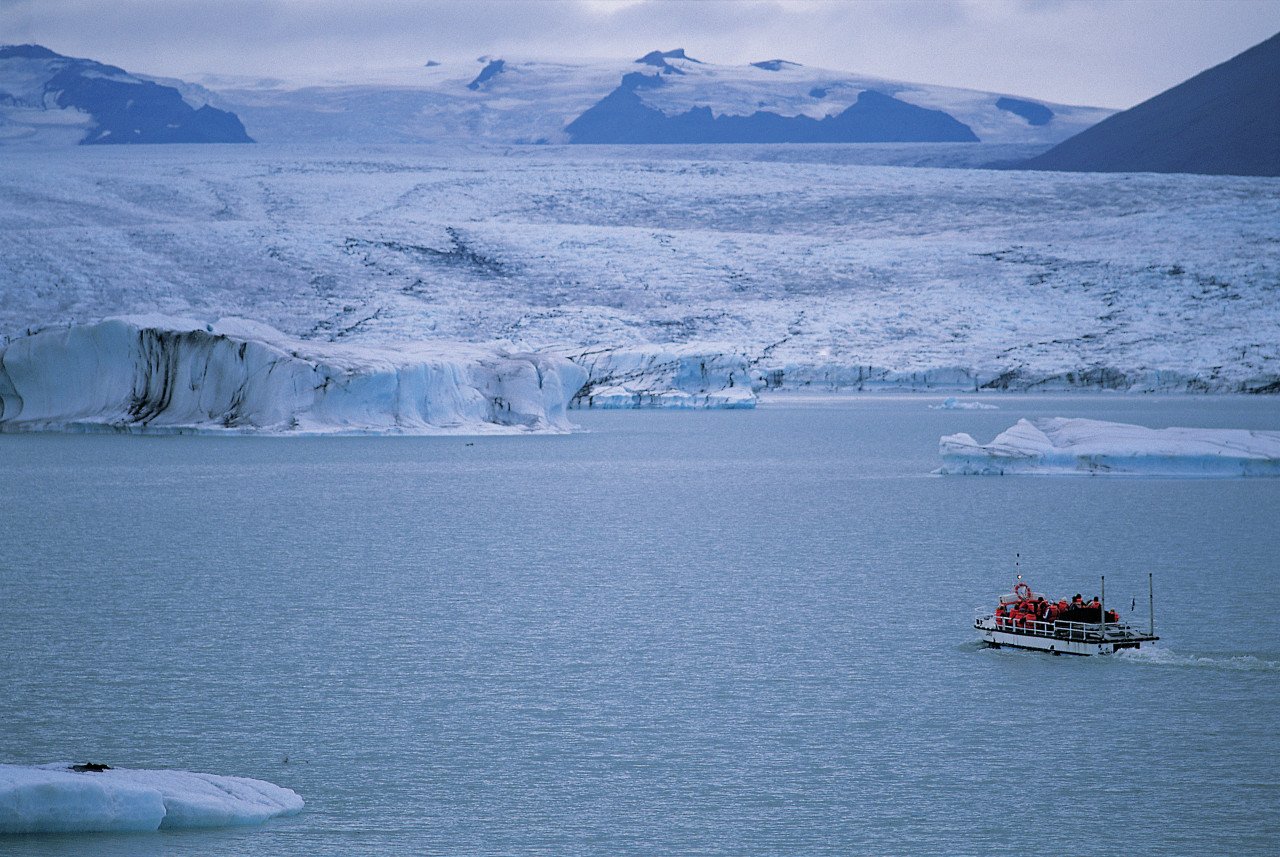 ©Hugo Canabi - Iconotec
©Hugo Canabi - Iconotec
Skaftafell Park, with its natural wealth, is one of the most visited places in Iceland. A privileged place for hikers, it offers many points of interest, such as the magnificent Svartifoss Falls, surrounded by basalt organs. Marked routes, from two to several tens of kilometres long, lead to the Skaftafellsheiði promontory or to the Vatnajökull glacier. Night in Skaftafell.
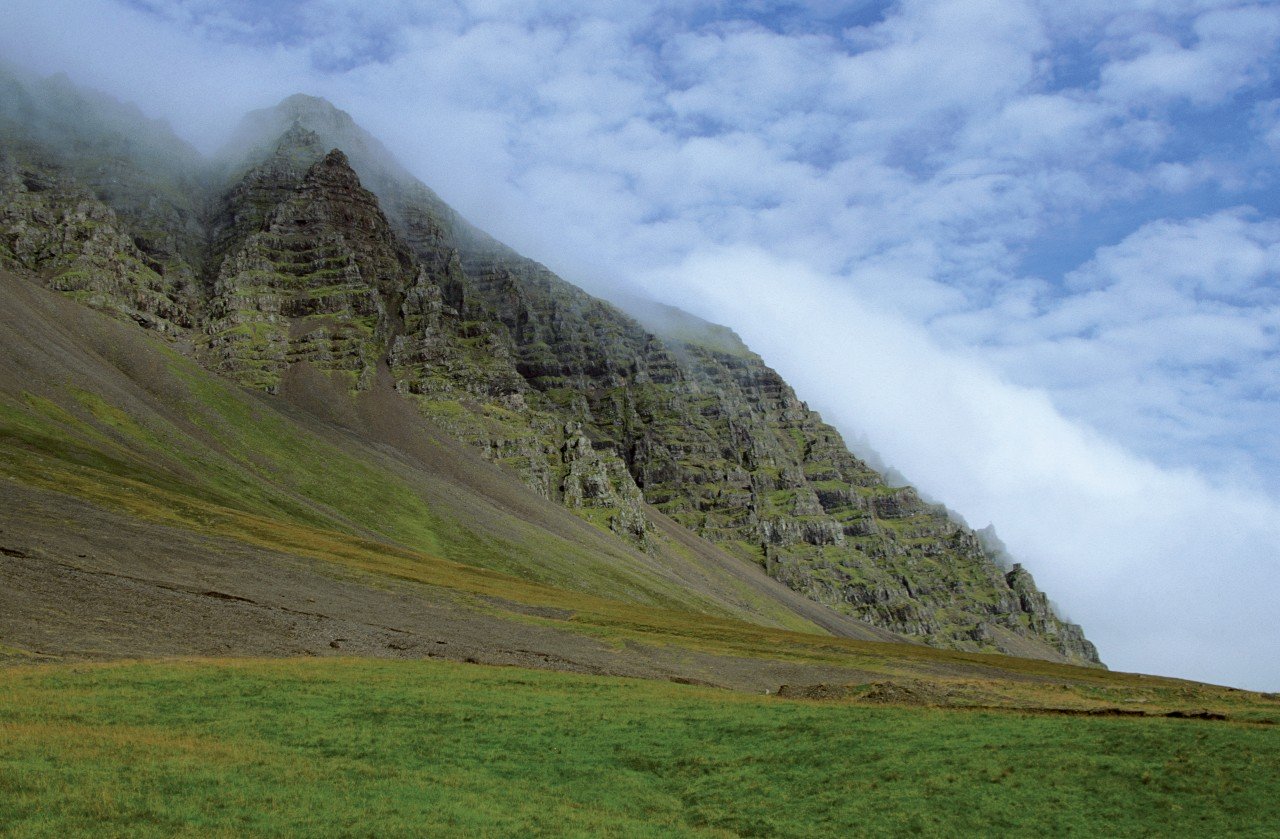 ©Author's Image
©Author's Image
56 km from Skaftafell, the highly photogenic Lake Jökulsarlón gives the impression of being on the edge of the Arctic. The melting of the Vatnajökull ice flows into this expanse and causes the appearance of large icebergs. This is followed by a visit to the eastern fjords to reach the Egilsstaðir region, characterised by the Hallormsstaðarskógur forest and Hengifoss Falls. Night in Egilsstaðir.
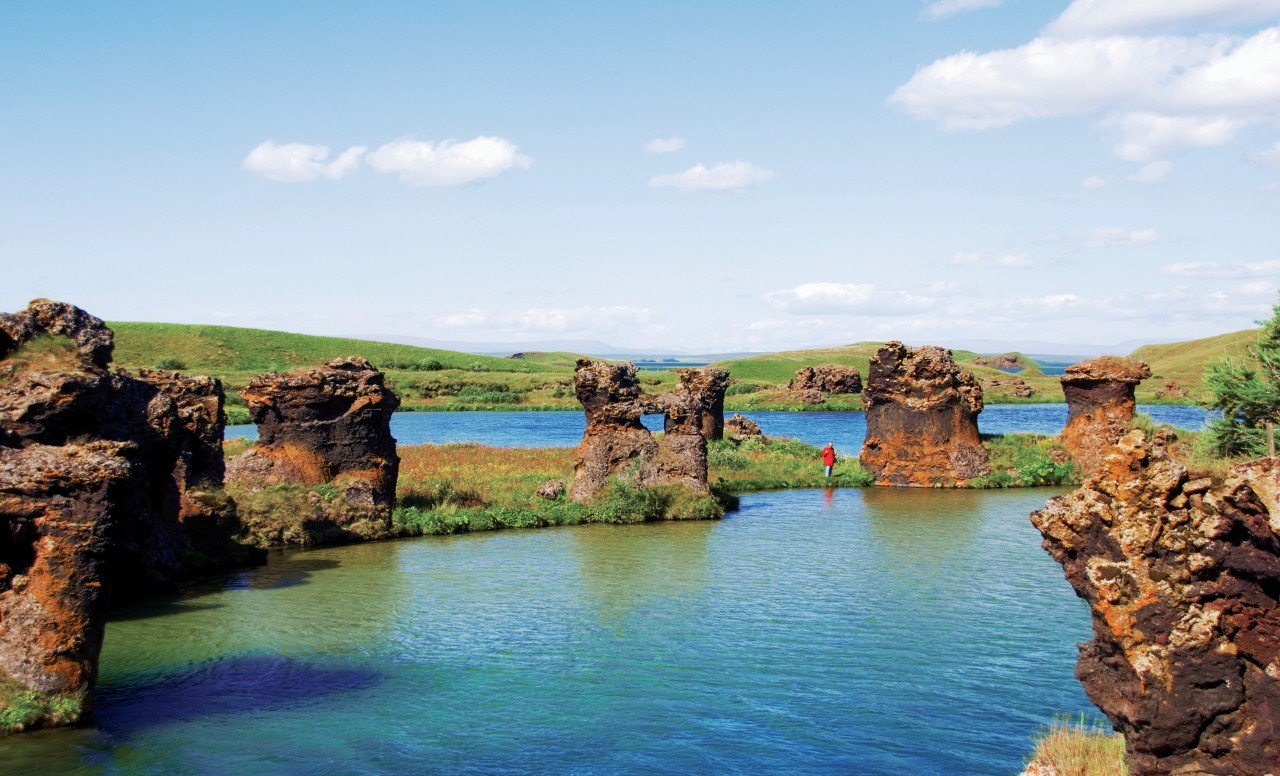 ©EdwardBobel - iStockphoto.com
©EdwardBobel - iStockphoto.com
Lake Mývatn would require several days of exploration to get to know its every nook and cranny. Among other interesting places, Námafjall, a row of bare sand hills, Dimmuborgir, labyrinthine lava formations, or Krafla and its smoking lava. Before finishing the night in Akureyri, a passage through Goðafoss Falls is imperative.
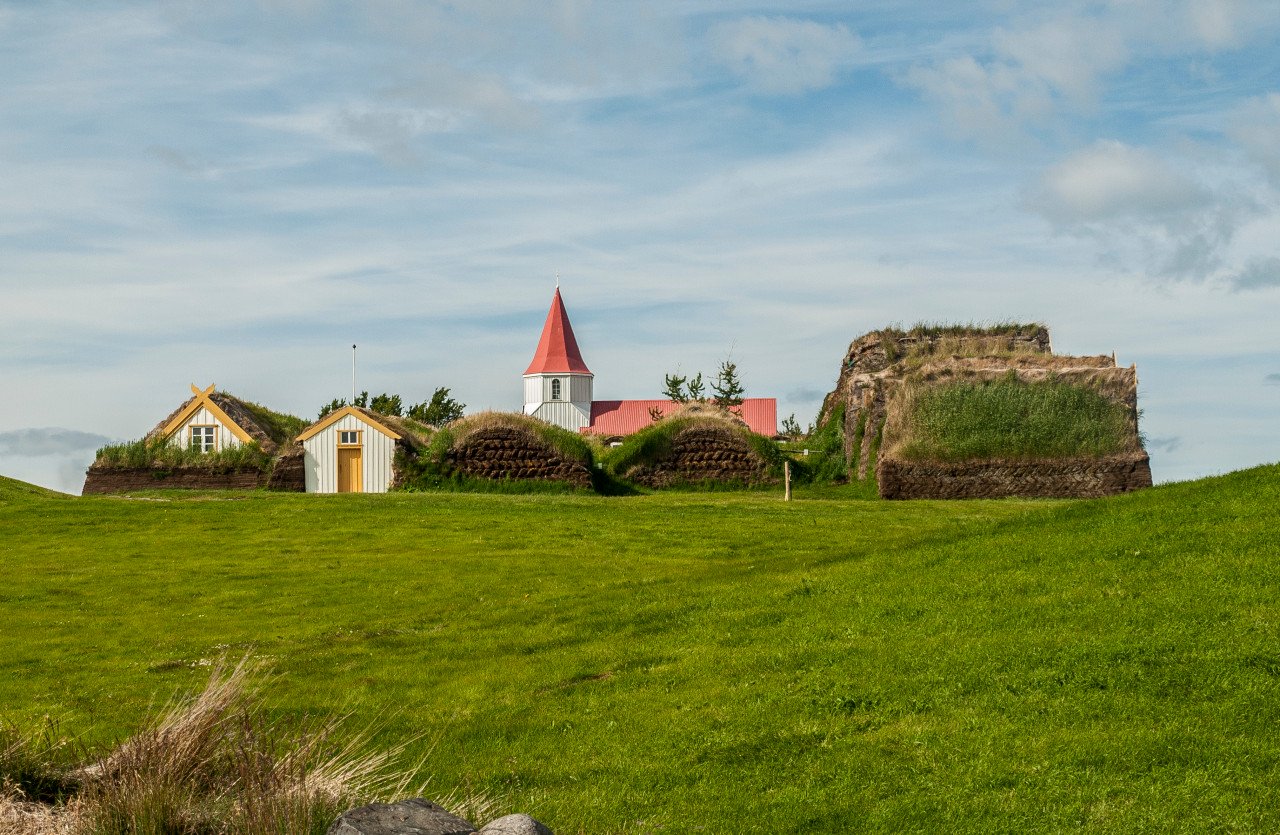 ©Miklos Greczi - shutterstock.com
©Miklos Greczi - shutterstock.com
The history of the small church of Glaumbaer and the peat farms that surround it are well documented in the famous Icelandic sagas. A few hours drive then leads to Húsafell, "the pearl between lava and glaciers", an oasis that contrasts with the wild aspect of the surrounding nature. Night in Borgarnes.
 ©Author's Image
©Author's Image
Highway 1 leads to Reykjavik. To cross the naturally warm waters of the Blue Lagoon. Night in Reykjavik.




Each Travel Idea is customizable according to your wishes

